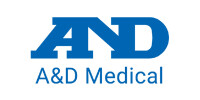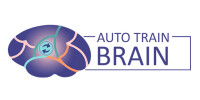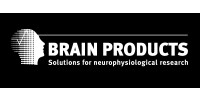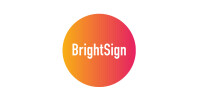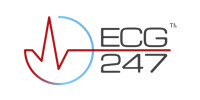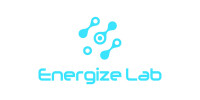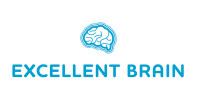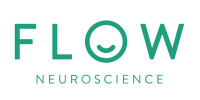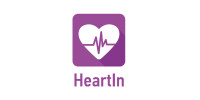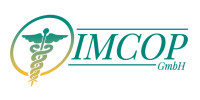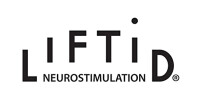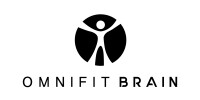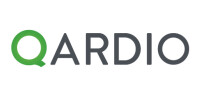Heartache
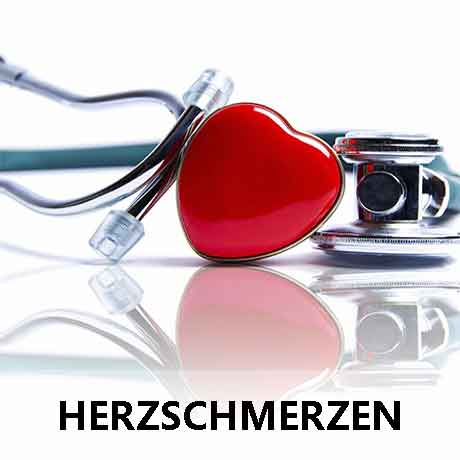
Understanding heart pain correctly and taking action
Many people experience pain in the chest area and describe it as a heart ache. Is this a very serious condition of the heart? Or is it not heart pain and the causes lie outside the heart in the thorax?
No matter what your answer, you should not take heart pain lightly. Be sure to seek medical attention because it could be a life-threatening situation that you don't readily recognize on your own.
Important Distinguishing Features of Heart Pain To begin, let's demystify the concept of heart pain. After all, heart pain is chest pain caused by the heart. In this case, the medical profession refers to a cardiac cause, i.e., one that affects the heart. The heart is located in the middle chest cavity, in the so-called mediastinum. Therefore, you feel heart pain like chest pain of cardiac cause.
Another distinguishing feature of cardiac heart pain is a dull ache in the chest cavity. Very often, this type of heart pain occurs in conjunction with a feeling of tightness in the chest. The pain is felt behind the breastbone in the right or left chest cavity.
This pain sensation usually does not remain limited to the chest cavity, but can also frequently radiate to the left arm, the upper abdomen, the neck and lower jaw, and in the middle of the shoulder blades. However, localization of the dull pain in the right arm may also occur.
How can I even recognize chest pain that is not cardiac in origin?
Unlike dull heart pain, chest pain of extracardiac origin is usually burning, stabbing and superficial. The diagnosis must be very precise and made by a physician. For example, chest pain may be felt when breathing, during certain postures, or as a result of increased pressure on the chest. At first, painful inhalation makes one think of pneumonia or acute bronchitis.
However, it may also be heart pain when coughing of cardiac origin. This is the case if you suffer from a disease of the cardiovascular system (left heart failure) and have symptoms of congestive bronchitis or cardiac asthma (asthma cardiale). However, it cannot be ruled out that affected persons have an unclear sensation of pain. Finally, cardiovascular disease and additionally a totally different systemic extracardiac disease may be present.
As you can see, the diagnosis of heart pain on breathing is a vital question. Therefore, a doctor should be consulted to clarify the exact symptoms. Take the occurrence of heart pain very seriously and do not put off the necessary diagnosis.
Which heart pains are dangerous?
As explained earlier, chest pain may be caused by heart disease. It may be heart-related chest pain that disappears completely after one or a few minutes. Nevertheless, any heart pain that occurs is dangerous and should be taken very seriously. This is because if the heart-related, sudden, severe chest pain lasts longer than twenty minutes, you as the sufferer are exhibiting several leading symptoms of heart attack.
In most cases, a heart attack is accompanied by a severe feeling of pressure on the chest and a sense of annihilation combined with fear of death. Don't let it get that far and see a doctor at the first sign of chest pain. Even if the heart pain goes away on its own after a few minutes, be sure to act and not put these early warning signs into perspective. Although the risk of children suffering a heart attack is low, even young people in their 20s can die from it. Here, the most common cause is hypercholesterolemia (an excessive level of cholesterol in the blood).
What do I need to know about angina (chest tightness) to understand heart pain?
With chest tightness, the cardiac heart pain described above occurs in the chest cavity. However, unlike a heart attack, no heart muscle tissue dies and the heart pain shows varying intensity in many sufferers. In mild attacks, for example, there is no sensation of pain, but only a feeling of tightness and pressure in the chest cavity. If a sudden onset of heart pain also occurs during an attack, choking attacks with fear of death are common. These pain attacks usually last between three and five minutes. However, depending on the severity of the attack, it is possible for the heart pain to last up to twenty minutes.
Due to the symptomatology of a severe angina pectoris attack, it is not possible to distinguish it from a heart attack. At this point, only an electrocardiogram (ECG), coronary angiography, and a CBC with enzyme diagnostics will help. Angina pectoris attacks, whether with or without the occurrence of heart pain, are basically harbingers of an impending heart attack.
What diseases are possible causes of chest pain if no heart disease is the cause?
Consider your body with its organ systems. In the case of a heart attack, the cause of the disease is in the cardiovascular system. For chest pain of extracardiac origin, look in the other organ systems of your body:
Digestive system, musculoskeletal system, respiratory system and nervous system. All possible, other diseases have one thing in common: They lead to pain in the chest cavity. Even in the psyche, the soul superior to the organ systems, the cause of chest pain can be found.
Digestive system: severe heartburn in the chest cavity as a result of gastroesophageal reflux disease, injury to the esophagus, cholecystitis (gallbladder inflammation).
Musculoskeletal system:deformities of the cervical, thoracic and lumbar vertebrae, muscular and joint diseases with severe muscle tensions
Respiratory system:pneumonia, acute bronchitis, pleurisy, pulmonary embolism.
Nervous system: functional disturbances in control and regulation by nerve impulses, insufficient or excess formation of neurotransmitters in the brain
Psyche: Depression, crises of meaning, panic disorders and disappointed love can lead to chest pains that are supposedly perceived as heart pains.
Early detection of heart disease
If cardiac-related heart pain occurs, as in the case of angina pectoris, for example, people are already frequently suffering from heart disease. It is therefore important to detect changes in the current flow curve of the heart (electrocardiogram) at an early stage. This reliably shows the heart rhythm and changes in the working muscles of the heart. However, cardiac arrhythmias can also occur in healthy individuals. These show themselves in extrasystoles, tachycardia or bradycardia:
Extrasystoles: Spontaneously occurring heart excitations are interspersed in the normal basic rhythm of the heart.
Tachycardia (racing heart): Abnormally accelerated cardiac activity with heartbeat rates greater than 100 beats per minute
Bradycardia:Heartbeat rate drops below 60 beats per minute.
How dangerous are cardiac arrhythmias?
In healthy people, the heart rhythm (sinus rhythm) is 60 to 80 beats per minute. This standard value (heart rate) is either undercut or exceeded in cardiac arrhythmias.
The isolated occurrence of cardiac arrhythmias is considered harmless. However, it becomes critical for the state of health when the heart rate is above 160 and below 40 beats per minute. In the latter case, the brain reacts to the undersupply of oxygen with a feeling of emptiness in the head, dizziness, and disturbances of consciousness and vision.
In the further course, further impulse generators for the contraction of the heart muscle cells fail, until finally the individual heart muscle cell itself becomes the impulse generator of the contraction and an orderly heart activity is no longer possible. This worst-case scenario results in cardiac fibrillation, in which the survival time, if not acted upon quickly enough, is only a few minutes.
Tachycardia, usually with beats of 130 to 230 beats per minute, poses an acute threat to the heart muscle cells and can last minutes to days. At 220 to 350 beats per minute, the condition is called ventricular flutter. At 300 to 500 beats per minute, one speaks of ventricular fibrillation. Both manifestations require immediate action and emergency treatment.
What you can do for your heart immediately
The ECG ring warns you reliably around the clock, directly when you suspect conditions such as atrial fibrillation or another heart complaint. This is because the symptoms often do not appear at the time of a visit to the doctor. But recognizing the symptoms is very important when it comes to initiating the appropriate therapy. The ECG ring detects atrial fibrillation 24/7, with 99.6% accuracy.
With the results, you help your doctor develop the appropriate therapy for your heart. The ring is just right for you if your heart health is your priority.
For more information about the ECG ring, click here: To the ring
Back to the topic portal: Cardiac health
Weiterführende Informationen erhalten Sie auf den folgenden Seiten:
® www.mindtecstore.com 2022
Author: Hans-Georg Bieschke, last updated 18.10.2023
